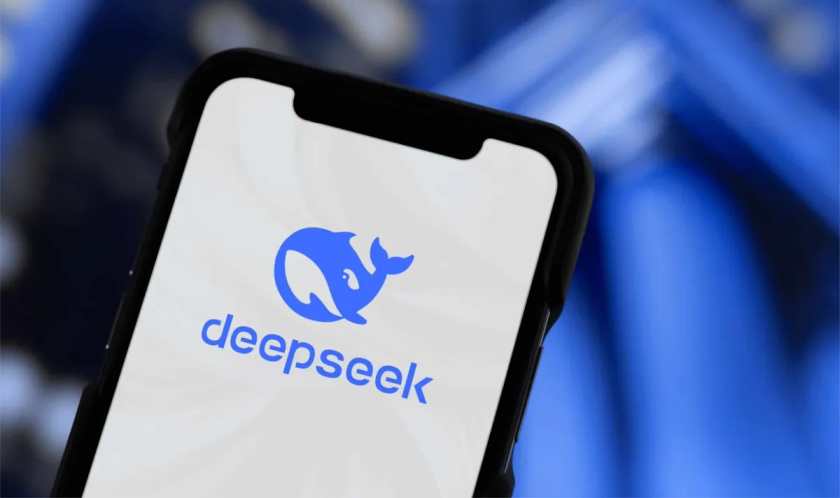Following the global success of the V3 model, Chinese AI startup DeepSeek on Friday released the recommended settings for deploying the DeepSeek-R1 model. This move shows the company’s presence in AI as interest in reasoning capabilities intensifies. Deepseek has emerged as a serious competitor to industry leaders like Openai.
In an X post, DeepSeek outlined the best configuration for users looking to make the most of their models.
I was excited to see everyone’s enthusiasm for deploying deepseek-r1! The recommended settings for the best experience are:
• No system prompts
•Temperature: 0.6
• Official prompt for search and uploading files: https://t.co/ttjevldtz5
• Guidelines for mitigating model bypass…– Deepseek (@deepseek_ai) February 14, 2025
In another post on Github, Deepseek extended these recommendations, highlighting the problem that models sometimes bypass the inference process by outputting “\n\n”.
“The DeepSeek-R1 series model tends to bypass thought patterns (i.e. outputs “\\n\n\”) when responding to a particular query that could negatively affect the performance of the model. I observed something,” Deepseek said. github.
“To ensure that the model is engaged in thorough inference, we recommend that you run the model to start a response with “\n” at the beginning of all outputs,” added DeepSeek. .
DeepSeek-R1: Achieves status through AI reasoning
Deepseek has confirmed that the official deployment runs the same model as the open source version. This means that all users have access to the full DeepSeek-R1 experience.
Deepseek became a global sense when it temporarily overtaked the App Store ChatGpt in January. The Chinese AI startup sent shockwaves through the tech sector after the V3 model surpassed Meta’s Lama 3.1, Openai’s GPT-4O, and Alibaba’s Qwen 2.5 on third-party benchmarks.
Since its launch, the DeepSeek-R1 has been attracting attention for its efficiency, affordability and reasoning capabilities. Some early adopters believe that certain inference tasks will match or outweigh Openai’s models. Tests by AI enthusiasts suggest that a temperature setting of 0.6 and avoiding the system prompt will yield the best results.
What does this mean for AI deployment?
The rise of Deepseek has sparked debate about how AI inference models shape a wider industry.
Cloud Computing – More efficient AI can reduce computational costs. Hardware Advances – AI models built for inference can boost the demand for specialized AI hardware. The impact of open source – DeepSeek-R1 availability is to increase access to high-level AI development.
Deepseek is making waves with AI and moving the conversation forward. It’s not yet known whether Openai can go straight to your mind, but the competition for AI reasoning is hot.
Deepseek’s success will trigger industry response
Deepseek’s success has led to the American high-tech CEO being highly vigilant about advances in AI in China. At Davos’ World Economic Forum, industry leaders have expressed concern about promoting China’s progress, and Deepseek is frequently mentioned as a key player. Many highlighted the potential geopolitical risk of falling behind with this critical technology.
“If the US cannot lead this technology, we will be in a very bad geopolitical place,” warned one CEO. Their comments highlight the growing interests of AI’s US leadership, an area that is increasingly tied to national security and global influence.
The well-known figures have placed emphasis on Deepseek’s achievements.
Venture capitalist Mark Andreessen calls it “one of the most amazingly impressive breakthroughs I’ve ever seen.” Journalist Holger Zschaepitz suggests that Deepseek’s efficiency could pose a major threat to the US stock market, undermining the usefulness of the billions spent on AI capital expenditures. Y Combinator CEO Garry Tan saw the development as an opportunity for US competitors and said cheaper model training could accelerate demand for AI inference and real-world applications.
Source link

